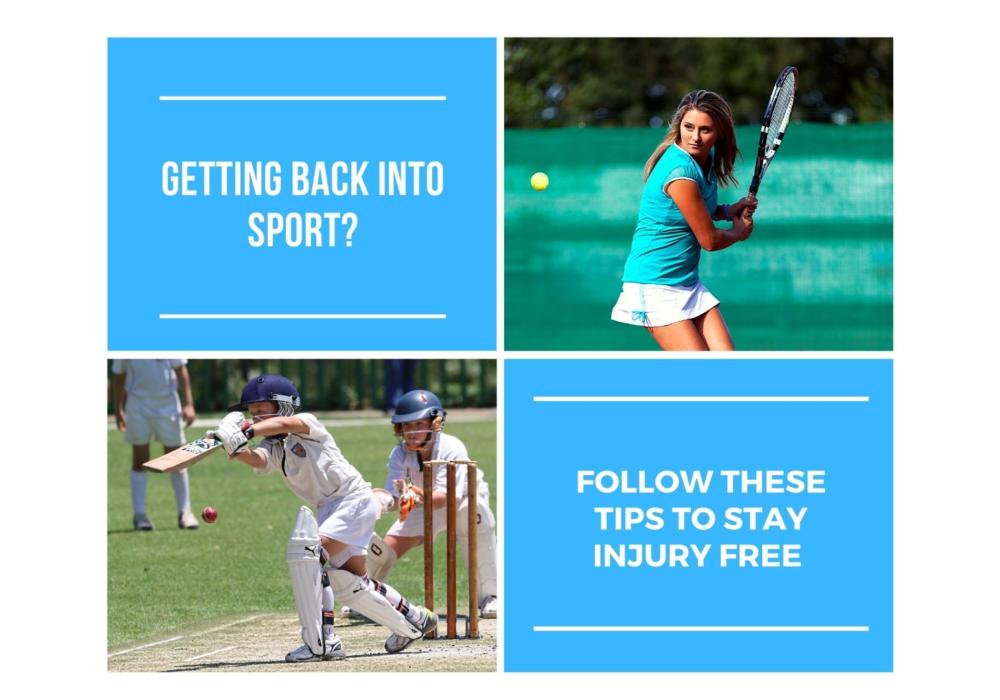Restrictions are lifting – Yay! We can now get back to training in groups of up to 10 people for non-contact sports. This means that group personal training is back, cricket training in small groups is back, tennis and lawn bowls will be back for summer. Things are looking positive!
This blog is for those of us that could (should) have been doing more during iso, but are still chomping at the bit to get back out there asap.
Follow these simple tips to minimise your chance of picking up a foot injury so that you can stay out there doing what you love!
Build up your load gradually
Sounds like a fairly simple principle but putting it into practice takes some planning and discipline. If you haven’t played tennis for 6 months then slogging out a 5 set marathon if going to take some recovering from. Start small, especially if you’re coming back from injury. We like to use the advice of adding only 10% of your total load per week when building up training loads.
Make sure your footwear is up to scratch
So many of the injuries we see in the clinic could have mostly been avoided if appropriate footwear was used. Using your walking shoes to play tennis and go to the gym doesn’t really work. So make sure that you have a pair of good quality shoes on your feet before you ramp up your training! See trusted experts in at The Running Company in Geelong or Sportspower in Colac.
Get your pre and post routines sorted
This one can be more specific depending on your sport and after many years of playing/training most of us know what we should be doing in terms of appropriate warm ups and cool downs. If you’re having trouble with this then seek out some quality sport specific advice, the Exercise Physiologist’s at Optimal Health and Rehab are great in this area.
Make sure you’re allowing enough time for quality recovery
There is a growing body of research telling us how important getting enough sleep is for injury prevention and maximising your performance. Start with little goals like no screens for 30 minutes before sleep, and sticking to a regular bedtime.
If you get any niggles, get them seen too early
A little problem is usually much easier to solve than a big problem. A good rule of thumb is ‘if the niggle is there for longer than 2 days, get it looked at’.
As always, if you have any questions or are looking to have a Podiatry assessment then reach out and get in touch.
Have fun out there,
Podiatrist
danny@prosperhealthgroup.com.au
